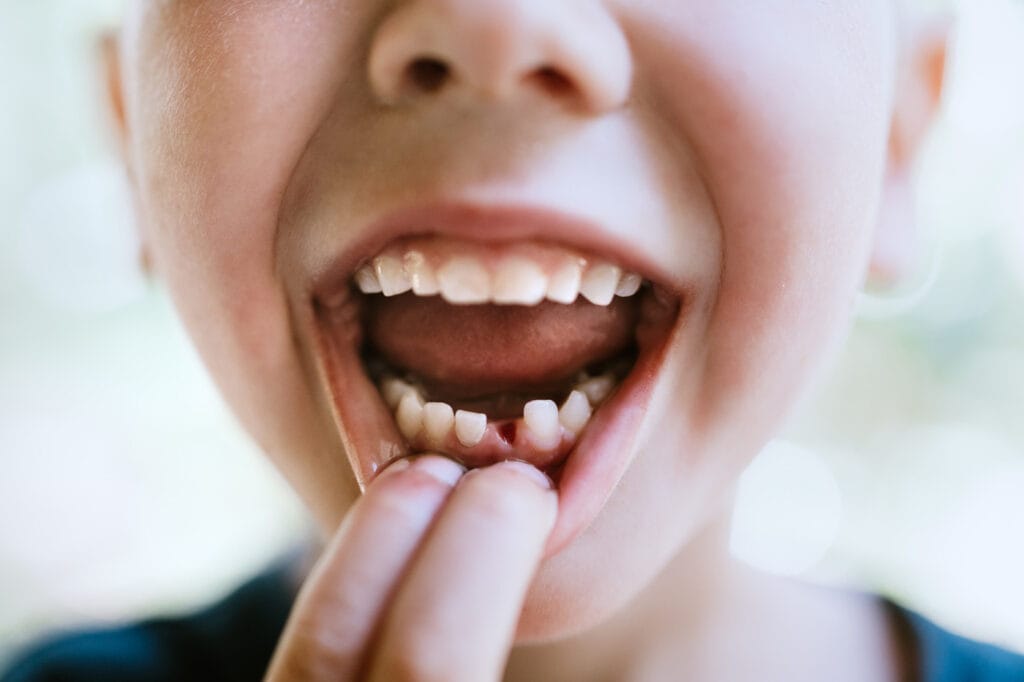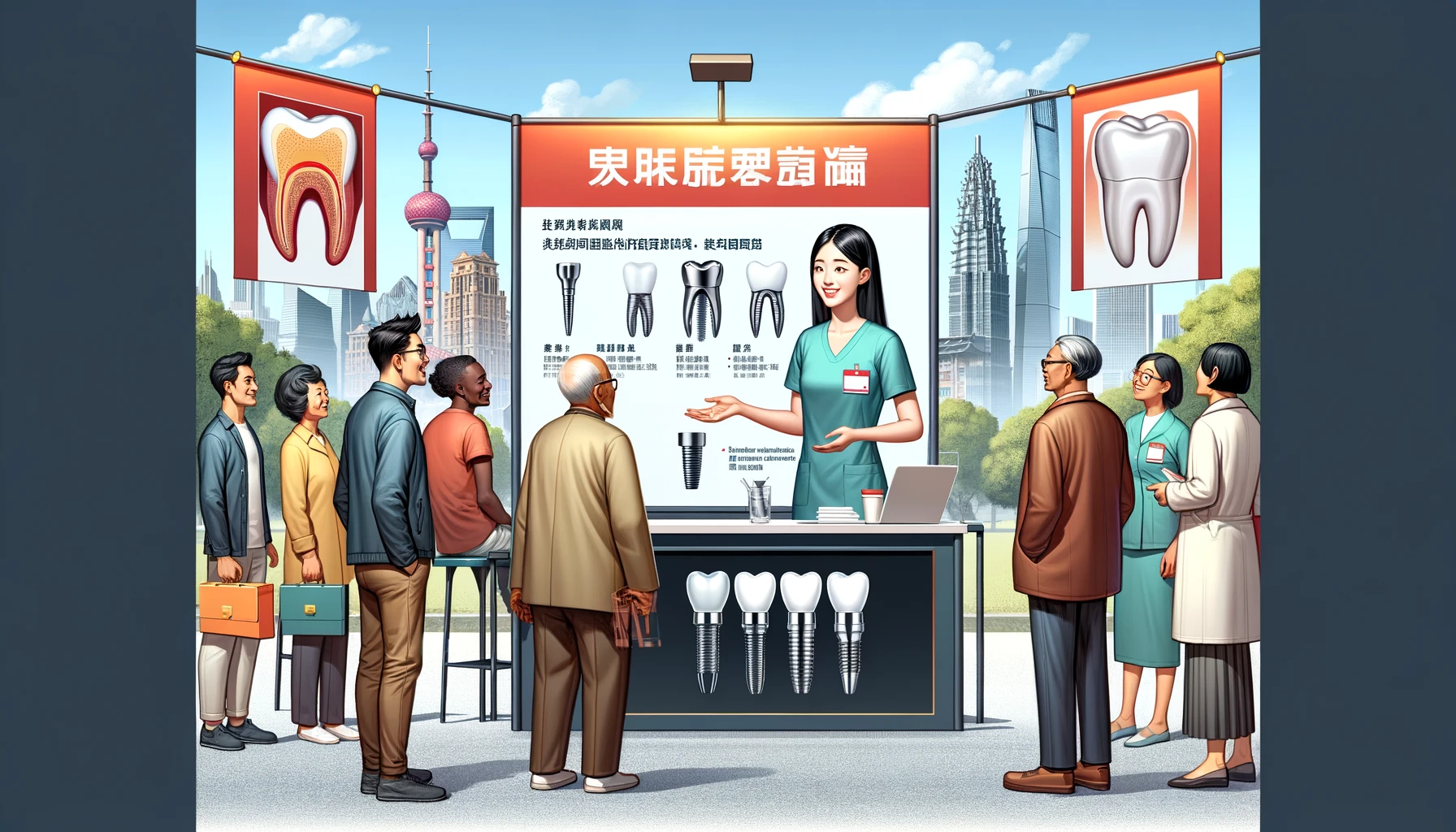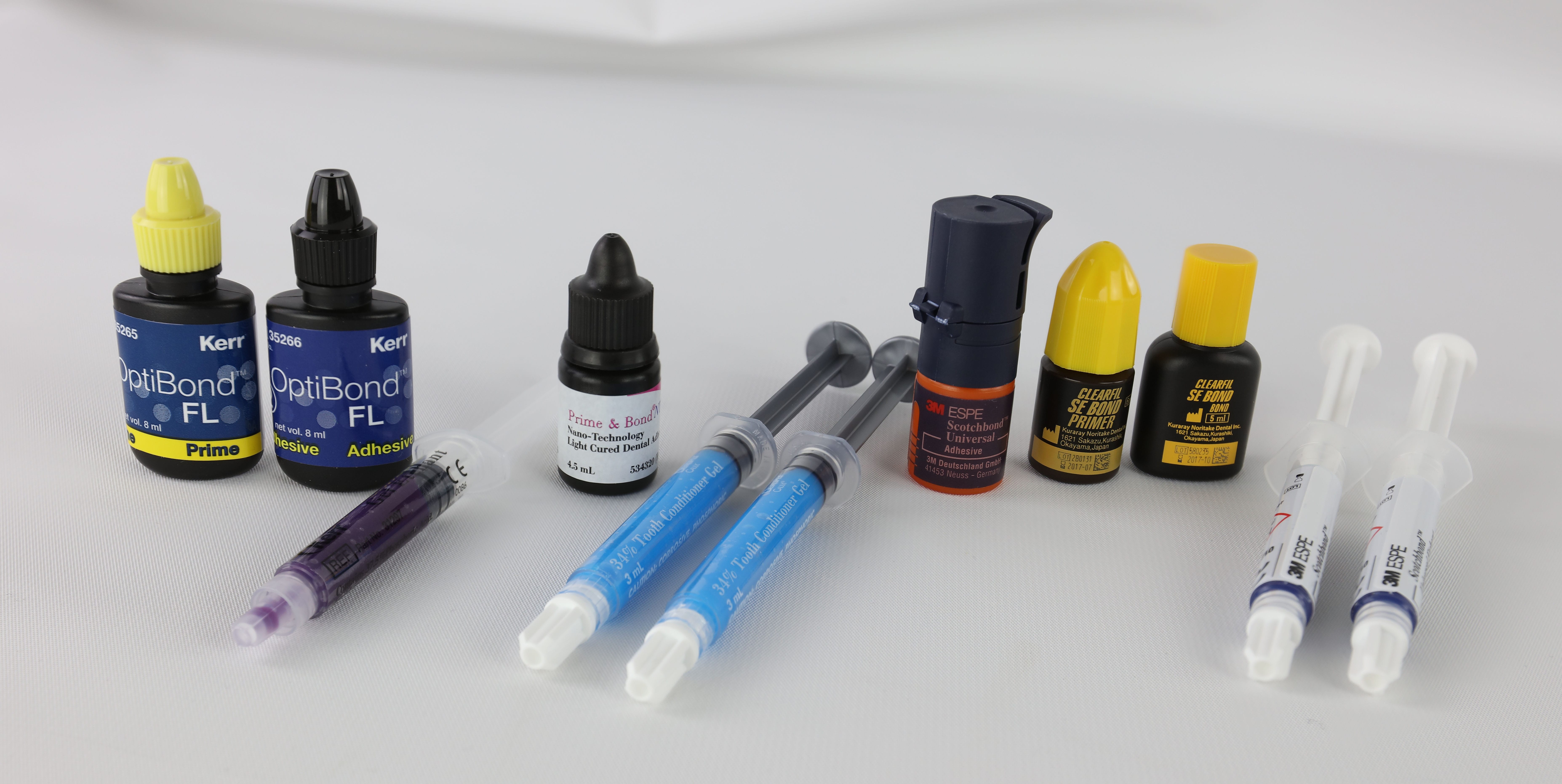Maintaining good oral health is essential for overall well-being, and regular dental cleanings are a critical component of preventive care. However, for many individuals without insurance, the cost of dental cleanings can be a significant barrier to receiving necessary care. This comprehensive guide will explore the average costs associated with dental cleanings for those without insurance, factors influencing these costs, and practical tips for making dental care more affordable. By the end of this article, you will have a clear understanding of what to expect when it comes to dental cleaning costs and how to manage them effectively.
Understanding Dental Cleanings
What is a Dental Cleaning?
A dental cleaning, also known as prophylaxis, is a preventive procedure performed by a dentist or dental hygienist to remove plaque, tartar, and stains from teeth. The primary goal of dental cleanings is to maintain oral health by preventing cavities, gum disease, and other dental issues.
Types of Dental Cleanings
There are several types of dental cleanings, each tailored to meet different oral health needs:
| Type of Cleaning | Description | Average Cost |
|---|---|---|
| Basic Adult Cleaning (Prophylaxis) | A routine cleaning that involves scaling and polishing teeth. | $75 – $150 |
| Deep Cleaning (Scaling and Root Planing) | An extensive cleaning for patients with gum disease; involves cleaning below the gum line. | $200 – $400 per quadrant |
| Periodontal Maintenance Cleaning | Ongoing cleanings for patients with a history of gum disease; typically performed every 3-4 months. | $100 – $300 |
Importance of Regular Dental Cleanings
Regular dental cleanings are vital for several reasons:
- Preventing Gum Disease: Routine cleanings help remove plaque and tartar buildup that can lead to gingivitis and periodontitis.
- Early Detection of Oral Issues: Dentists can identify early signs of oral cancer, cavities, and other problems during cleanings.
- Maintaining Overall Health: Good oral hygiene is linked to better cardiovascular health and lower risks of diabetes.
Average Cost of Dental Cleanings Without Insurance
The cost of dental cleanings without insurance can vary widely based on several factors. On average, patients can expect to pay between $75 and $200 for a routine cleaning. However, various elements can influence these costs significantly.
Factors Influencing Dental Cleaning Costs
Geographic Location:
- Urban areas typically have higher dental fees due to increased overhead costs for practices.
- Rural regions may offer lower prices but could have fewer options available.
Type of Dental Practice:
- General dentistry practices often charge less than specialty practices that focus on cosmetic procedures or advanced treatments.
Extent of Cleaning Required:
- More extensive procedures like deep cleanings will incur higher costs compared to standard prophylactic cleanings.
Detailed Cost Breakdown
Here’s a more detailed look at the average costs associated with different types of dental cleanings:
| Type of Cleaning | Average Cost Range |
|---|---|
| Basic Adult Cleaning (Prophylaxis) | $75 – $150 |
| Deep Cleaning (Scaling and Root Planing) | $200 – $400 per quadrant |
| Periodontal Maintenance Cleaning | $100 – $300 |
Note: These figures represent average costs; actual prices may vary based on individual circumstances.
Saving Money on Dental Cleanings Without Insurance
While the cost of dental cleanings can be daunting for those without insurance, several strategies can help reduce expenses:
1. Explore Dental Schools
Dental schools often provide low-cost or free services performed by supervised students. While appointments may take longer than at traditional practices, this option can significantly reduce your cleaning costs.
2. Utilize Community Health Centers
Community health centers frequently offer reduced-rate dental services for uninsured or low-income patients. These facilities aim to provide accessible healthcare options to underserved populations.
3. Consider Dental Discount Plans
Organizations such as DentalPlans and CareFreeDental offer membership plans that provide discounts on various services, including cleanings. For an annual fee, you can access reduced rates at participating dentists.
4. Negotiate Fees with Your Dentist
Many dentists are willing to discuss payment options or discounts with uninsured patients. Don’t hesitate to ask about potential savings or payment plans that could make your care more manageable.
5. Maintain Good Oral Hygiene at Home
Practicing effective oral hygiene at home can help minimize the need for extensive cleanings in the future. Regular brushing, flossing, and using mouthwash can prevent plaque buildup and reduce your overall dental care costs.
The Importance of Preventive Care
Despite financial challenges, prioritizing regular dental cleanings is crucial for maintaining good oral health. Here are some key benefits:
- Preventing Gum Disease: Regular cleanings remove harmful bacteria that contribute to gum disease.
- Minimizing Bad Breath: Consistent care helps eliminate bacteria that cause halitosis.
- Early Detection of Oral Cancer: Dentists check for signs during routine visits.
- Promoting Overall Health: Good oral hygiene is linked to reduced risks of heart disease and diabetes.
- Lowering Cavity Risk: Regular cleanings help eliminate plaque that causes cavities.
- Identifying Other Oral Health Issues: Dentists can detect problems like misaligned bites or TMJ disorders early.
Investing in regular cleanings not only supports your oral health but also saves money in the long run by preventing the need for more costly treatments.
Conclusion
While the cost of dental cleanings without insurance can be burdensome, it’s essential to prioritize this preventive care for long-term oral and overall health. By understanding average costs, exploring affordable alternatives like dental schools and community clinics, and practicing good oral hygiene habits at home, you can effectively manage your dental health on a budget.
Remember that investing in your smile today can lead to significant savings and better health tomorrow. If you’re concerned about the cost of your next cleaning, consider reaching out to local resources or discussing options with your dentist.















